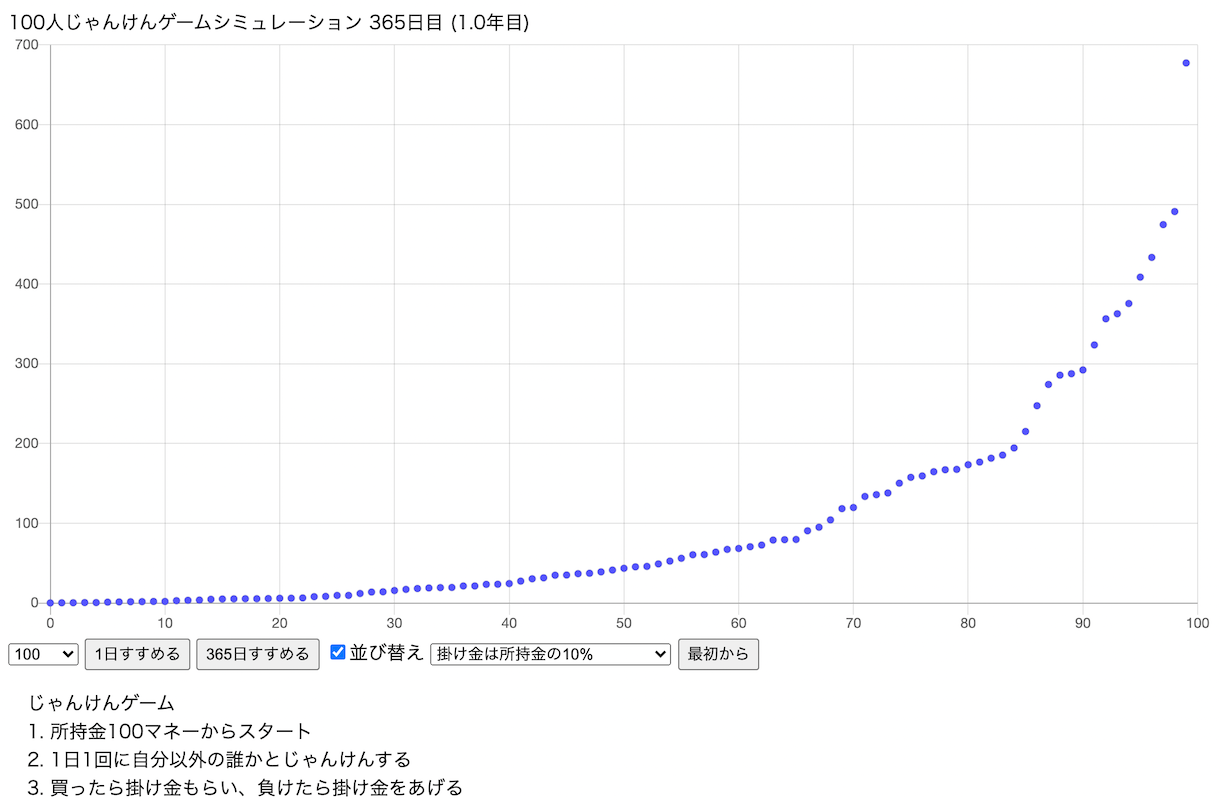How Coin Purity Determines Worth
페이지 정보

본문
Metal purity refers to the purity of precious metal contained within a coin, typically expressed as a percentage. For instance, a coin with a fineness of 99.9% is nearly pure silver or gold, meaning only minimal traces of its total weight consists of base metals. While fineness is not the same as karat—a system commonly used for gold ornaments—the underlying principle remains comparable. Comprehending fineness is vital because it directly influences a coin’s intrinsic value, collectibility, and commercial demand.
In past eras, authorities have adjusted coin fineness for multiple reasons. During periods of financial strain, they might reduce the metal weight in coins to extend supply. This procedure, known as metal dilution, reduces the coin’s intrinsic value even when its face value remains unaffected. In contrast, when a nation seeks to enhance credibility in its currency or attract investors, it may release coins with ultra-high standards, such as four-nines fine bullion.
Among numismatists, fineness serves as a key factor in determining a coin’s price potential. A coin with greater purity generally possesses more intrinsic value because it contains an increased amount of the underlying asset. Even when two coins share the identical mass and visual motif, the one with enhanced purity will typically command a higher price. This is particularly true for bullion coins, which are acquired mainly for their precious metal composition rather than their historical rarity.
However, fineness is just one component determining factor. Scarcity, condition, provenance, and investment trends also significantly influence a coin’s final valuation. A coin with low fineness from a highly sought-after set in pristine grade might be command a higher price a nearly flawless coin that was commonly minted. Still, fineness provides a foundational baseline for price estimation. When buying or selling coins, it is critical to confirm fineness through trusted third-party services to prevent fraud.
Modern coins frequently feature official markings that display their fineness, such as 925 for sterling silver. These codes enable buyers to quickly assess quality without specialized tools. With foreign currency, accurate determination of fineness often requires professional appraisal due to lack of standardization.
To conclude, coin fineness is a core measure of metal purity that profoundly affects a coin’s value. Whether you’re purchasing gold and silver, curating rare coins, or simply curious about your change, knowing purity levels empowers you to identify true value and アンティークコイン recognize the worth beyond face value.

- 이전글Seitan A High Lysine Meals 25.11.07
- 다음글Detailed Notes on Blog In Step by Step Order 25.11.07
댓글목록
등록된 댓글이 없습니다.
